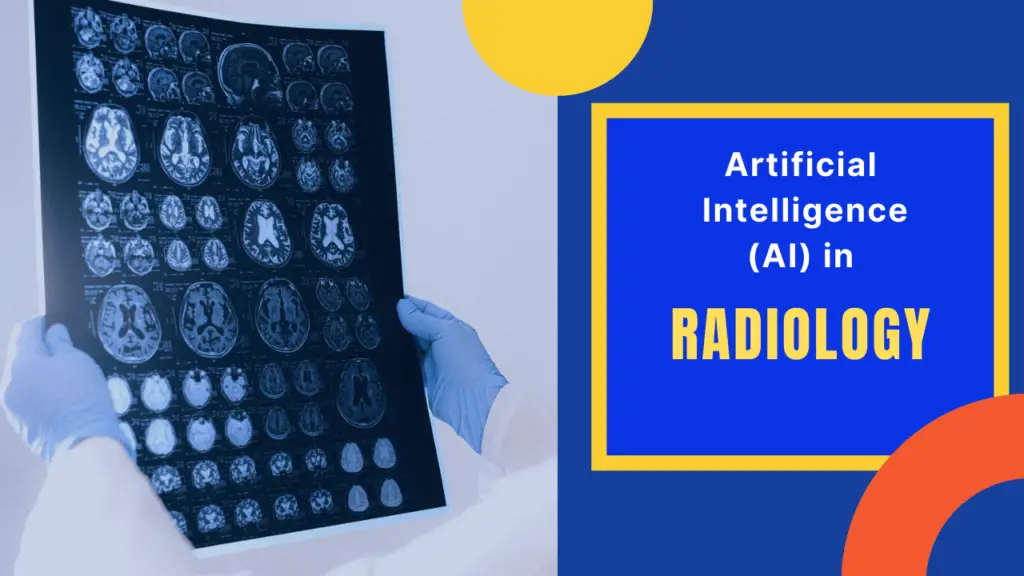Robotics is a domain in AI which deals with the study of creating robots. Robots are made to manipulate objects by modifying and moving the physical properties of objects, thereby affecting them and freeing manpower from performing repetitive tasks without getting exhausted.
Applications of Robotics:
Robotics holds great importance in several domains like:
- Industries
Robots not only handle materials but also perform welding, polishing, drilling, and color coating.
- Military
Autonomous robots reach inaccessible dangerous zones during the war. The robots safely destroy life-threatening objects.
- Medicine
Robots carry out hundreds of clinical tests while rehabilitating disabled people simultaneously. These robots perform complex surgeries like brain tumors.
- Exploration
Underwater drones are employed for ocean exploration. Another example is a robot rock climber employed for space exploration.
- Entertainment
For instance, Disney’s engineers created many hundreds of robots for making movies.
Computer Vision:
Computer vision is the AI technology with which robots can see. It plays an integral role in the domains of security, access, safety, and environment. Computer vision extracts as well as analyzes beneficial information from an image or an array of images automatically. Algorithms are developed in this process to achieve automatic visual comprehension. The application domains of computer vision include robotics, process control, face recognition, remote sensing, transport, medical imagery, and much more.

Applications of Artificial Intelligence in Robotics
1- Robotic assembly.
AI is useful in robotic assembly applications. AI when joins advanced vision systems greatly helps with real-time course correction. Hence, it is beneficial in manufacturing sectors such as aerospace. AI also helps robots to learn on their own which paths are most suitable for certain processes while they operate.
2- Robotic packaging.
Robotic packaging employs AI for rapid, low cost, and accurate packaging. AI saves some motions a robot makes while refining them constantly which makes it easy for anyone to install and move robotic systems.
3- Customer service.
Many robots are used in a customer service capacity in retail stores globally. Robots are also used in several hotels around the world. Many of these use AI natural language processing abilities for interacting with customers. The more the robots interact with humans, the more they learn.
4- Open-Source Robotics.
Some robotic systems get sold as open-source systems that have AI capabilities. You can teach your robots to perform custom tasks on your particular application like small-scale agriculture. The combination of open-source robotics and AI can be a big trend in the future.
Advantages of Robotics and Intelligent Algorithms
In the industrial sector of western countries where labor is high-cost, automation and using robots can greatly help reduce labor costs and production costs. Another beneficial aspect is that robots cannot get ill, bear children, or go on leave. Autonomous computer systems do not depend on external factors which means that they work 24/7 reliably and can even work in danger zones. Moreover, they have greater accuracy than humans and do not get distracted by fatigue. Hence, work can be standardized to a good extent which results in greater efficiency and better performance in the company. Autonomous systems may be guided by objective standards in decision-making so that decisions can be made based on facts and not emotions.
The major advantage for employees is that they need to do less manual work; repetitive work is easily performed by autonomous systems. Algorithms automatically collect data and transfer data from purchasers to seller’s systems and find solutions for problems of clients. Employees no longer need to enter data manually in an IT system. Hence, employees have more free time that can be utilized in more productive work. Robots are also being used in medical diagnostics which have greater accuracy.
The Future Potential of Robotics and AI
Several reports have predicted an increase in the number of robots in the future. Many of them will be industrial robots. It is expected that robots and autonomous systems will be widely exploited in society in the future such as self-driving vehicles and service robots at work as well as home. The technologies surrounding us take many shapes and have a different impact on our lives. Categorization can be the following:
1- Industrial robots
Industrial robots have contributed a lot to the manufacturing sector. They are preprogrammed by the human instructor and constitute a robot arm with varying degrees of freedom.
2- Service robots
Robots operate semi-autonomously to perform beneficial tasks for humans but exclude the applications in industrial automation. They are now being employed in selected settings like vacuum cleaning and internal transportation in hospitals.
3- Artificial Intelligence
Software that enables technology to adapt through learning to make systems able to act and function in the best way. Artificial Intelligence is being deployed in some business domains such as customer service and decision support.
The transition in technology from industrial robots to service robots refers to evolution into personalized systems with increased autonomy. This means flexible robots will be able to perform tasks in an unconstrained environment.
Ethical Challenges of Developing Advanced AI and Robots
Ethical concerns of AI and robots must be addressed in two ways at least. First, awareness of ethical challenges by engineers developing systems that should be considered including avoiding misuse and also allowing for human inspection of the functionality of the algorithms. Second, the systems should be able to do the ethical decision-making themselves when moving toward advanced autonomous systems. It would reduce the risk of unwanted behavior.
Many autonomous systems that are working together increase the extent of erroneous decisions made without involving humans. Engineers prefer developing systems that avoid human hurt. Effective autonomous driving systems are being developed that reduce the number of accidents and save lives. An ethical societal challenge that arises with AI in robotics is that people may lose jobs because of automation. However, it is not true in many cases. It has been seen with an experience that the introduction of technology and automation has created far more jobs than those that are lost.


